Sanjaya Panth, Deputy Director of IMF’s Asia and Pacific Department, indicated that Yen’s depreciation this year is primarily driven by fundamental factors, particularly interest rate differentials. He opined that current Yen dynamics don’t necessitate intervention. Although Japan’s inflation outlook is optimistic, Panth advises against immediate short-term rate hikes by BoJ due to global demand uncertainties. Instead, he suggests BoJ focus on enhancing flexibility of long-term interest rates.
He stated, “On the yen, our sense is that the exchange rate is driven pretty much by fundamentals. As long as interest rate differentials remain, the yen will continue to face pressure.”
Addressing the topic of foreign exchange interventions, Panth clarified IMF’s stance, emphasizing that interventions are justifiable only under specific scenarios: market severe dysfunction, elevated financial stability risks, or when inflation expectations become unanchored.
Reflecting on the recent fluctuations in Yen, he mentioned, “I don’t think any of the three considerations are existing right now,” essentially suggesting that the current Yen dynamics do not warrant any interventions by authorities.
Highlighting Japan’s economic outlook, Panth shared a more optimistic tone on the nation’s near-term inflation. He noted that there were “more upside than downside risks” to Japan’s inflation forecast, with the economy operating close to its full capacity. Additionally, price increments in Japanese market are predominantly fueled by robust demand.
However, Panth believes that BoJ should hold off on any immediate hikes in short-term rates. He expressed concerns over global demand trends, saying it was “not yet the time” to act given the potential impacts on Japan’s export-centric economy.
As a recommendation for BoJ’s ongoing strategy, Panth encouraged measures that enhance the flexibility of long-term interest rates. This would strategically set the stage for any required monetary tightening measures in the future.




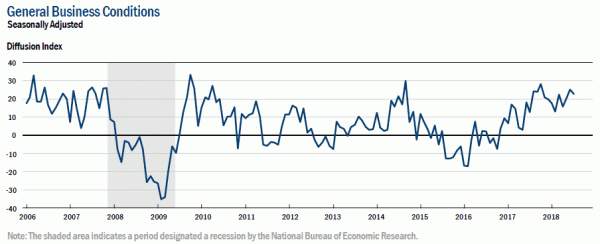
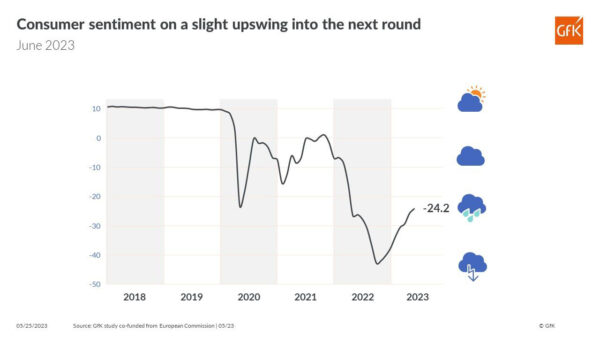
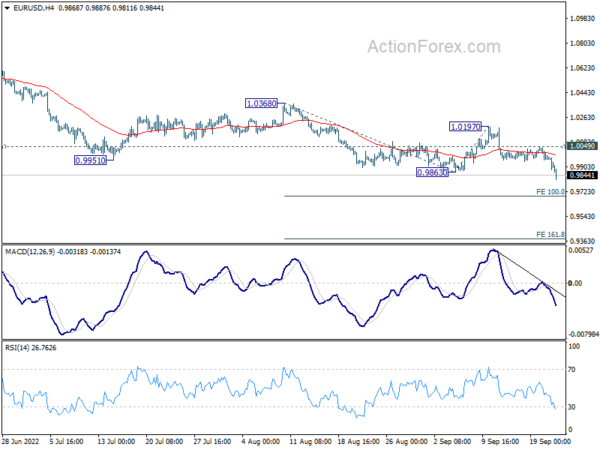
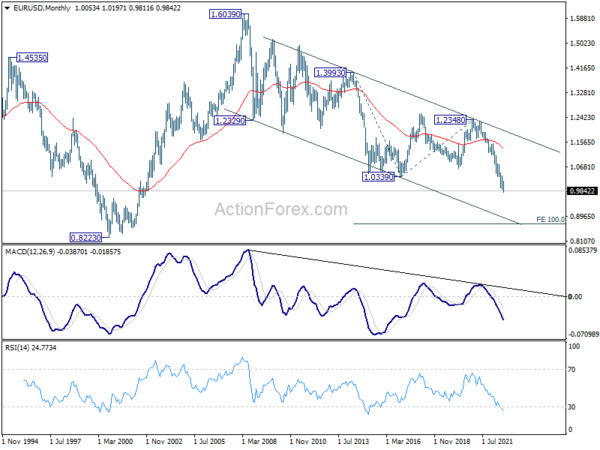
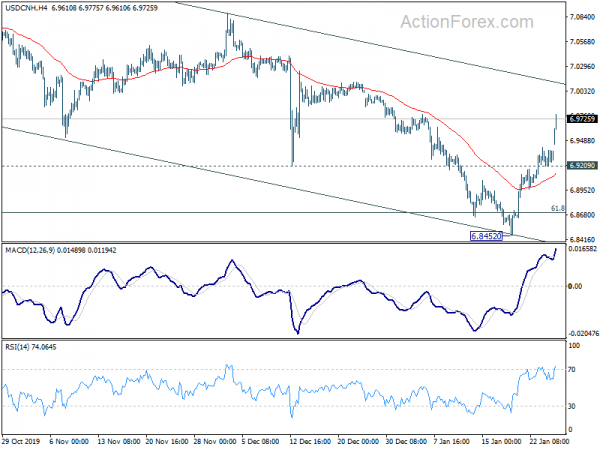
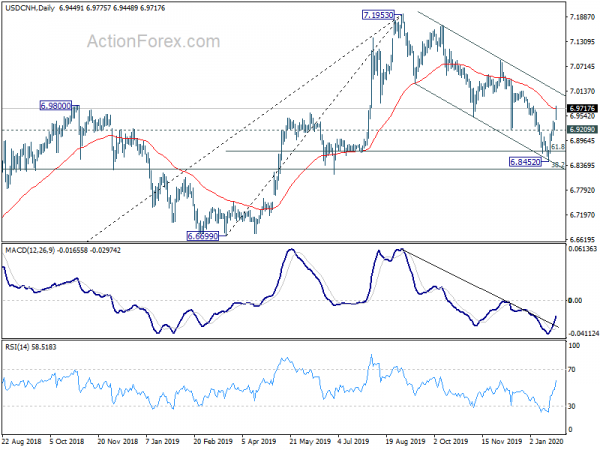
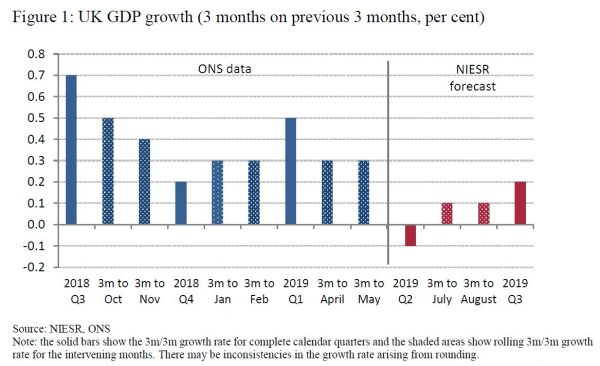
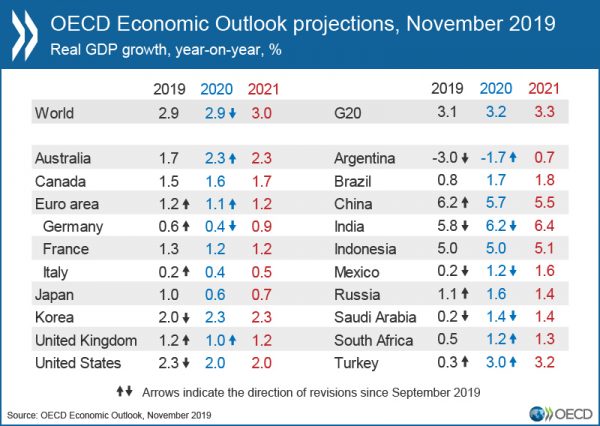
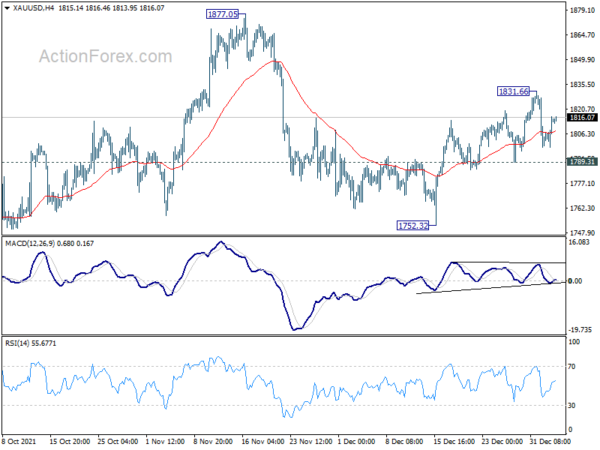
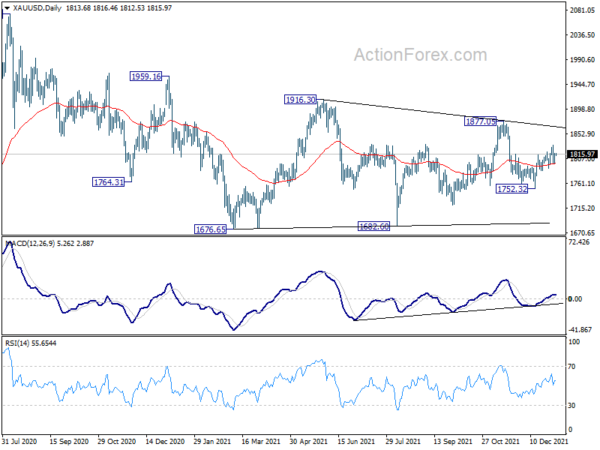
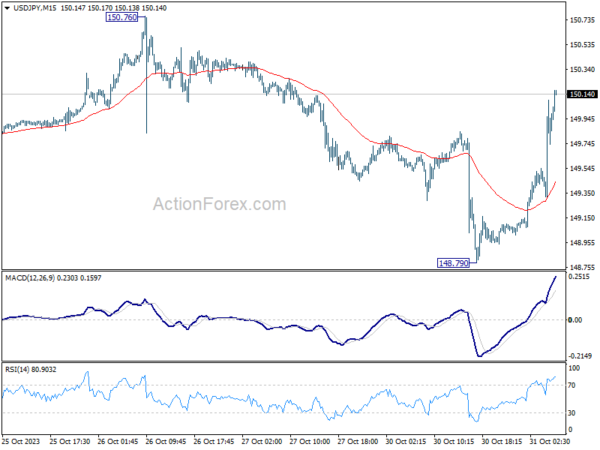
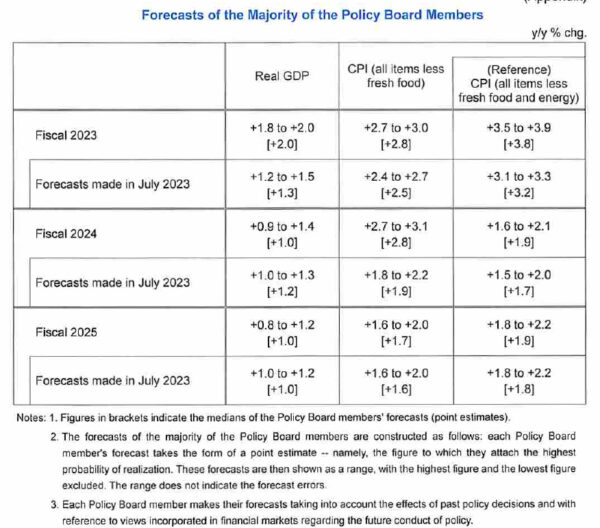
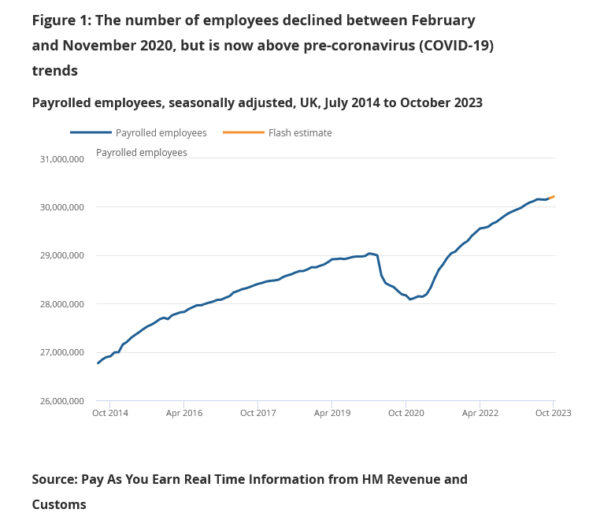
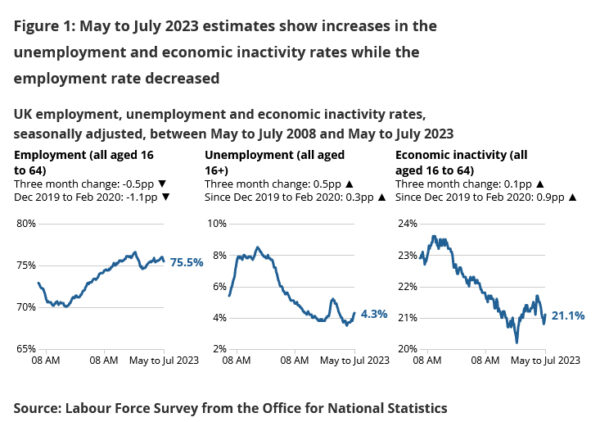
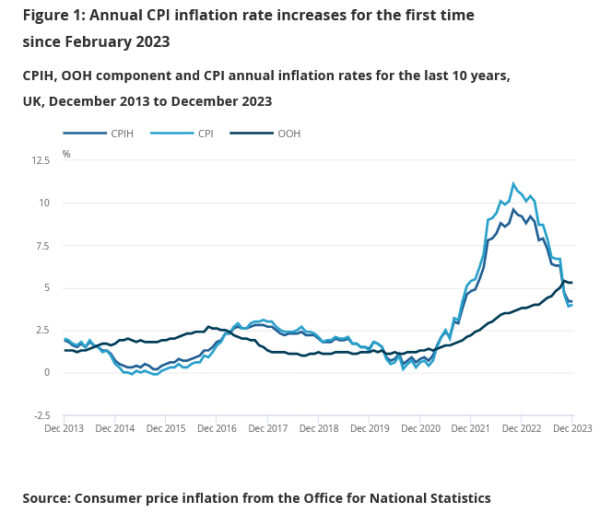
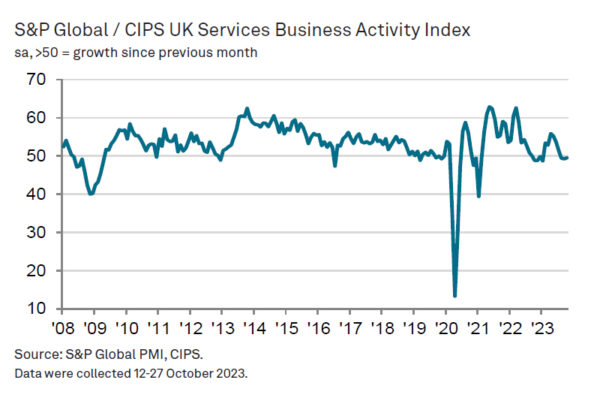
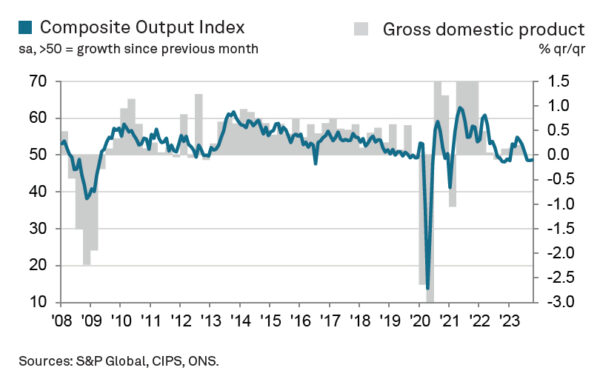

New Zealand ANZ business confidence plunges to 14.9 amid rising costs and weak demand
ANZ Business Confidence dropped notably from 22.9 to 14.9 in April. Own Activity Outlook similarly decreased from 22.5 to 14.3.
The survey highlighted escalating cost pressures as a primary concern for businesses. Cost expectations rose from 74.6 to 76.7, marking the highest level since last September. Conversely, wage expectations decreased from 80.5 to 75.5. Profit expectations also worsened, deepening from -3.8 to -9.8.
Pricing intentions, which indicate how businesses plan to adjust their selling prices, increased slightly from 45.1 to 46.9. Inflation expectations showed a marginal decrease from 3.80% to 3.76%.
ANZ analysts pointed to several factors contributing to this environment of cost-push inflation amidst weak demand. Rising oil prices due to escalating tensions in the Middle East, coupled with recent decline in New Zealand Dollar have increased the cost of imports significantly. Additionally, the recent increase in the minimum wage, effective from April 1, although smaller than previous years, has added another layer of cost for businesses.
Full NZ ANZ business confidence release here.